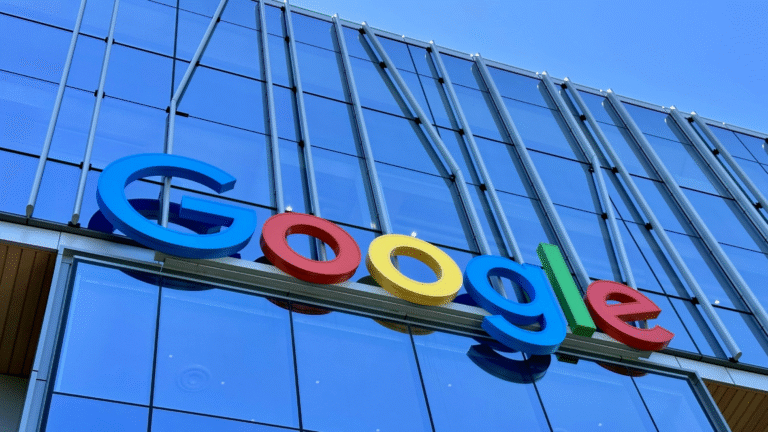Researchers have been talking about the idea of a quantum network for a long time. They thought that connecting powerful quantum devices could transform what we can compute and understand. IBM and Cisco are already taking early but important initiatives to make that future more real. Their idea is big, but they have the kind of quiet confidence that comes from working on technologies that most people thought were unachievable for decades. The two businesses are starting to sketch out what could be the basis for a quantum internet as they talk about their goal of linking quantum computers over great distances by the early 2030s. And even while they are the first to confess that a lot of the technology they need isn’t available yet, they seem willing to help make it.
This goal fits in well with IBM‘s long-term goal of building a fully functional quantum computer by 2029. That day is more than just a business milestone; it could be a turning point in how computer power grows around the world. Quantum computers claim to be able to solve hard issues in physics, chemistry, encryption, and materials science at speeds that would take ordinary computers thousands of years. This shift isn’t simply in performance; it’s a whole new way of computing. But the technology is still weak. Quantum computers are known for making mistakes, and one of the hardest engineering problems of the past ten years has been figuring out how to govern fragile quantum states without losing data. IBM, Google, and other big companies around the world have been making progress, each making fresh breakthroughs along the way.

IBM wants to make the quantum engine as good as it can be, while Cisco is working on the highways those engines will use. Cisco launched a research center earlier this year to learn more about how quantum computers might one day be able to talk to each other. The goal is clear: use IBM’s knowledge of qubit technology and Cisco’s unequaled experience with networking infrastructure to find out how quantum information could be able to transit safely and reliably between devices that are far apart. That region is still full of unsolved physics problems, but the goal of the collaboration is to tackle those problems.
The technical problems begin with the quantum computer itself. IBM’s systems are kept in large cryogenic tanks that are so cold that atoms practically stop moving. This very cold temperature is necessary to keep qubits, which are the quantum units of information that let these machines do amazing calculations. It’s one thing to keep information in a frozen core, but it’s a whole other thing to send it over a network. IBM has to find a means to change what Jay Gambetta, head of IBM Research and an IBM fellow, calls “flying” qubits so that they can carry quantum information outside of the cryostat. Microwave signals make these moving qubits. The first important step toward a quantum network is the change from stationary to flying qubits.
But there is a problem with microwave signals: they lose intensity quickly over distance and can’t travel well on today’s digital highways. That’s when Cisco’s knowledge comes in handy. Those microwave qubits need to be turned into optical signals before any quantum information can move over fiber-optic connections. There isn’t a device that can do this yet. Scientists call it a microwave-optical transducer, and making one that works well may be the hardest scientific task in the whole undertaking. IBM and Cisco won’t be doing this by themselves. They are working with groups like the Superconducting Quantum Materials and Systems Center, which is run by the Fermi National Accelerator Laboratory near Chicago. The fact that academic and federal research groups are involved shows how big and complicated the project is.
The next stage is to put everything together into a working system once a transducer can successfully change microwaves into optical signals without damaging the fragile quantum information they carry. Cisco and IBM are going to provide open-source software that will connect the different parts and see how they work together. The corporations say this is a whole approach, not a bunch of separate sub-projects. Vijoy Pandey, senior vice president of Cisco’s Outshift innovation incubator, said, “We are looking at this as a system from start to finish, not as two separate road maps.” He went on to say, “We’re working on it together, which makes it much more likely that this thing will go in the same direction.”
That ethos of working together can be just as vital as any piece of hardware. Quantum computing is growing in a world that now knows how swiftly technology can change economies, civilizations, and global security. In the future, a quantum network could help make big strides in modeling climate change, finding new drugs, or making energy use more efficient. If not constructed carefully, it could also create new cryptographic risks. These demands make it very important for people to work together, especially in labs run by the government, businesses, and universities. IBM and Cisco seem to be honest about the fact that no one company can solve all the questions.
The companies’ ambition is both realistic and hopeful, which is what makes this story so interesting. They never act like a quantum network is just around the corner. They don’t talk about what could happen by the end of the decade if research keeps going. I like this approach since I’ve seen how transformational technology have changed over time. It speaks for people who have lived through decades of technical hype cycles and learnt that real innovation needs both ambition and humility. The idea is enormous, but the dedication to scientific rigor keeps it grounded.
The idea of linked quantum computers is still up in the air as we look ahead to the early 2030s. The scientific community is still debating which architectural models will work best, how to deal with errors on a large scale, and how to make safe channels for sending quantum states. There is also the practical issue of cost, since quantum systems need unique equipment, rare materials, and settings that use a lot of energy. But history demonstrates that once a technology bridge is established, people will find a way to cross it. High-speed networking, artificial intelligence, and cloud computing all started off as risky tests that turned became commonplace tools.











